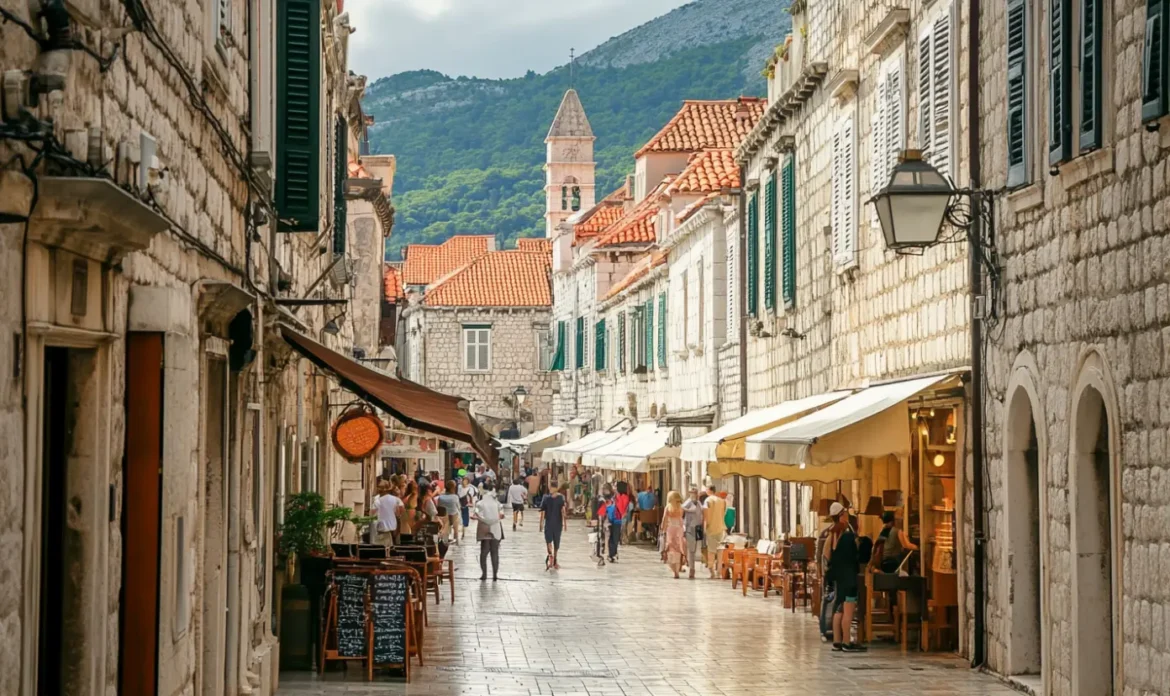Want to visit Europe without going broke? After 8 years as a travel blogger and exploring 38 countries across the continent, I’ve uncovered the ultimate budget-friendly destinations where your money goes far, but the experiences are priceless. Think sipping wine in Portugal’s golden vineyards, exploring medieval castles in the Alps, and chilling on epic beaches in Eastern Europe—all for a fraction of what you’d pay elsewhere. These 8 countries don’t just save you money…they deliver adventure and culture on a silver platter. Ready to travel smarter, not harder? Let’s get into the cheapest European hotspots for 2025!
#1 tip to find cheap flights in Europe
Looking for cheap airline tickets to Europe? For the past 4 years, I’ve used Going (formerly Scott’s Cheap Flights) to snag insane deals—like $280 roundtrips from Boston to Europe and flights within Europe for just €10. The best part? It’s free to sign up!
Enter your home airport, and they’ll send mistake fares and cheap flight deals straight to your inbox. Traveling often? Upgrade to their premium plan for $49/year—it pays for itself after one flight. Use code JON20 to get 20% off and start saving big!
Cheapest Countries in Europe to Visit: Cheapest European Countries in 2025
Travel doesn’t have to cost a fortune. These 8 European countries bring epic experiences, rich culture, and jaw-dropping landscapes—without destroying your budget. From the hidden gems of Eastern Europe to the sun-soaked Mediterranean, these spots prove you can travel smart and live large. Let’s get into it.

1. Bulgaria
Bulgaria stands out as Europe’s ultimate budget destination, and honestly, I can’t believe more people don’t know about this gem. You’ll spend around €35-50 per day here as a budget traveler, which is pretty incredible when you consider what you’re getting. Sofia feels like a real European capital with killer architecture and decent nightlife, but you’re paying about half what you’d shell out in Prague or Warsaw.


I stayed in a decent hotel near Alexander Nevsky Cathedral for just €25 a night, and the location was perfect for exploring the city center. The thermal springs around the country are actually free to use if you know where to look – locals will point you toward natural hot pools that cost nothing compared to fancy spa resorts. Plovdiv’s old town is stunning, and you can walk the entire Roman amphitheater area without paying a cent. Food here is seriously underrated too – a hearty meal at a traditional restaurant runs about €6-8, and the portions are massive. Rila Monastery only charges €2 for entry, and it’s one of the most beautiful places I’ve seen in Eastern Europe.
- Read next: Best Historic Sites in the World
- You may also like: UNESCO World Heritage Sites to Visit
- For more reading: Best Spots in Plovdiv, Bulgaria
- Keep reading: Prettiest Places in Pirin National Park

2. Hungary
Hungary delivers that perfect sweet spot where your money goes way further than it should for what you’re getting. Budapest feels like a major European capital – because it is one – but you’re spending 40-50% less than you would in Vienna or Munich. The thermal baths are the real deal here, and while everyone talks about Széchenyi (which costs around €23-29), I actually prefer Lukács Bath for about €13 – it’s got the same healing waters but way fewer tourists.

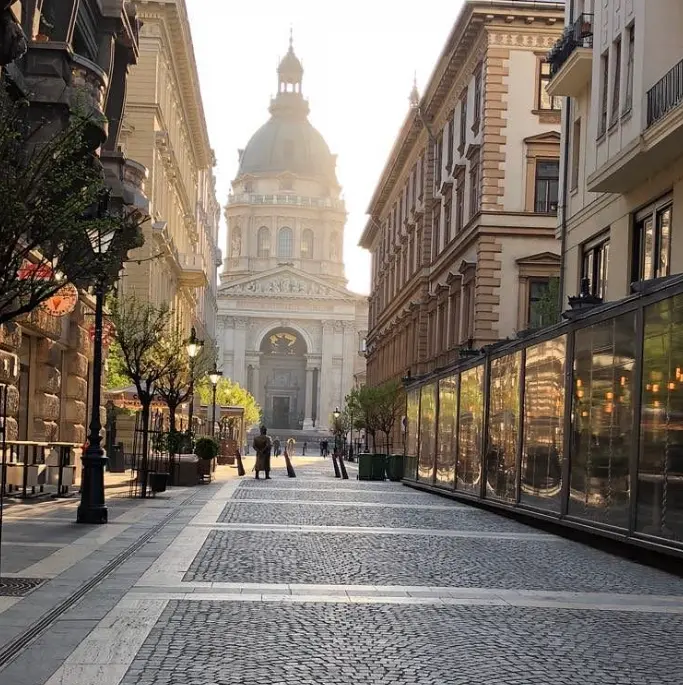
A decent mid-range hotel in Budapest runs €40-60 per night, and you’ll get actual European elegance, not some budget knockoff. The food scene is incredible – you can get proper Hungarian goulash for €5-7 at local spots, and the portions are honestly ridiculous. Lake Balaton in summer is basically Hungary’s answer to expensive lake resorts elsewhere, except you’re paying a fraction of the price. I spent three days there last summer and the whole trip, including accommodation right on the water, cost me less than one night would’ve in Lake Geneva. Wine lovers should definitely hit Eger – the wine cellars charge maybe €8 for tastings that would cost €30+ in Tuscany.

3. Poland
Poland has gotten way more popular lately, but it’s still ridiculously affordable compared to Western Europe. Kraków is genuinely one of the most beautiful cities I’ve visited, and you can stay in the old town for €30-50 per night. The Wawel Castle charges just €12 for entry, and you’re looking at centuries of Polish royal history. Warsaw surprised me – it’s got this dynamic energy and the reconstruction of the old town after WWII is pretty incredible.

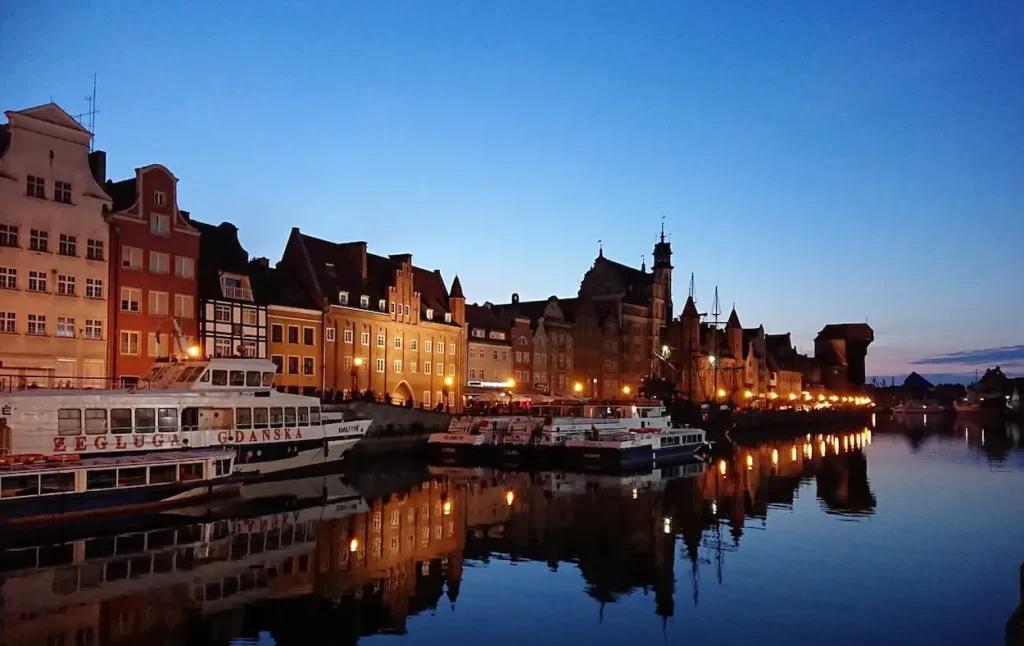
Food in Poland is where your money really stretches. A massive plate of pierogi costs maybe €4-6, and you’ll be stuffed. The milk bars (bar mleczny) are these government-subsidized cafeterias where you can get a full meal for under €3 – I thought they’d be terrible, but they’re actually really good traditional Polish food. Train travel between cities is super cheap too – Warsaw to Krakow costs about €12 on a regular train. Auschwitz-Birkenau tours from Krakow run around €40-50 including transport, which is sobering but important. The Tatra Mountains are gorgeous for hiking, and most trails are completely free.
- Read next: Most Beautiful Cities in Europe

4. Romania
Romania might be the most underrated country in all of Europe – seriously, I don’t understand why more people aren’t talking about this place. Bucharest has this gritty, authentic vibe that reminds me of Berlin 15 years ago, except you’re spending maybe €30-40 per day total. Accommodation in decent hotels runs €25-35 per night, and the food is incredible. Romanian cuisine is basically comfort food perfection, and you’ll pay €6-10 for meals that would cost triple elsewhere.

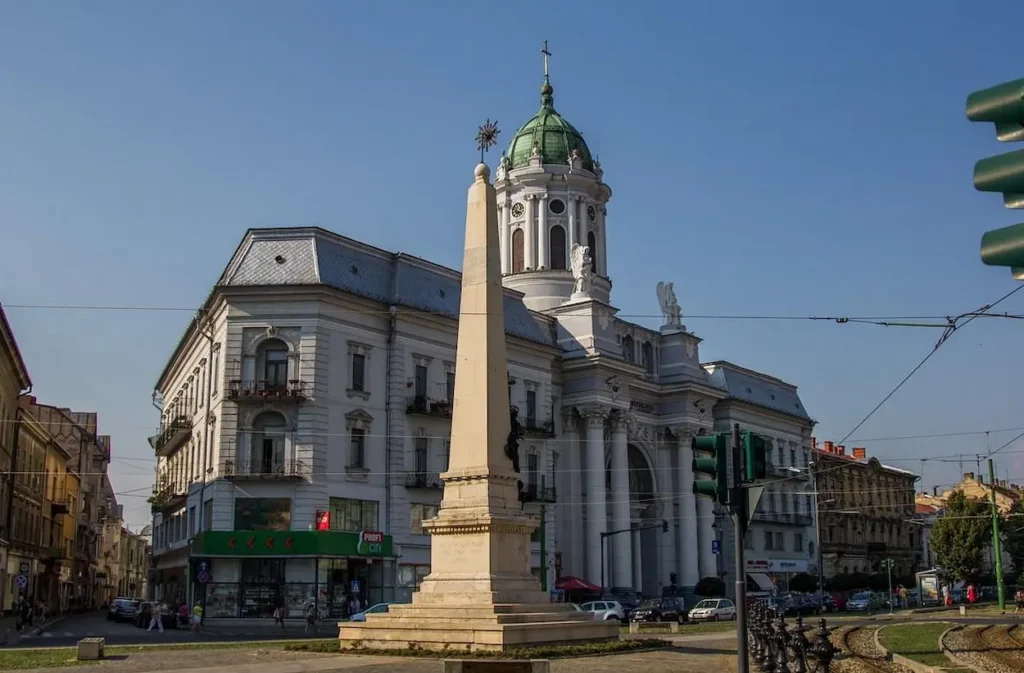
Bran Castle (the whole Dracula thing) costs about €10 to enter, and while it’s touristy, it’s actually pretty cool. But the real magic happens in Transylvania – places like Brașov and Sibiu feel like fairy tale towns, and you can walk most of the historic centers for free. I rented a car and drove through the Carpathian Mountains last fall, and the scenery was absolutely stunning. Gas is cheap, tolls are minimal, and you’ll have these mountain roads almost to yourself. The Danube Delta is this incredible UNESCO site that most travelers skip – boat tours cost around €15-20 and you’re seeing wildlife that rivals expensive African safaris.
- Read next: Amazing Hidden Gems in Europe
- You may also like: Most Beautiful Castles in the World

5. Czech Republic
Prague has become more expensive over the years, but it’s still a fraction of what you’d pay in Paris or Amsterdam for a similar experience. The city center can get pretty touristy, but step outside the main squares and you’ll find this amazing local beer culture. Czech beer is legendary for a reason, and you’re paying €2-3 for pints that are honestly better than anything you’ll get for €8+ elsewhere.


Český Krumlov is probably one of the most photogenic towns in Europe – the castle tour costs about €15 and it’s totally worth it. I stayed in a pension right in the historic center for €35 per night, and waking up to those medieval streets was pretty magical. Karlovy Vary (Carlsbad) has these grand spa hotels, and while the famous ones are pricey, you can still drink from the thermal springs for free and soak up the atmosphere. Train travel in the Czech Republic is reliable and cheap – you can get from Prague to Brno for under €20. The beer gardens outside Prague are where the real experience is – huge portions of traditional food for €8-12 and beer that’s basically cheaper than water.
- Read next: Most Beautiful Cities in Europe

6. Slovakia
Slovakia is that hidden gem that even seasoned European travelers often skip, which is honestly their loss. Bratislava sits right on the Danube and has this relaxed, authentic feel – no tourist crowds, just real city life. A good hotel near the old town costs €30-45 per night, and the historic center is perfect for walking around. Bratislava Castle offers great views over the river and only charges about €8 for entry.

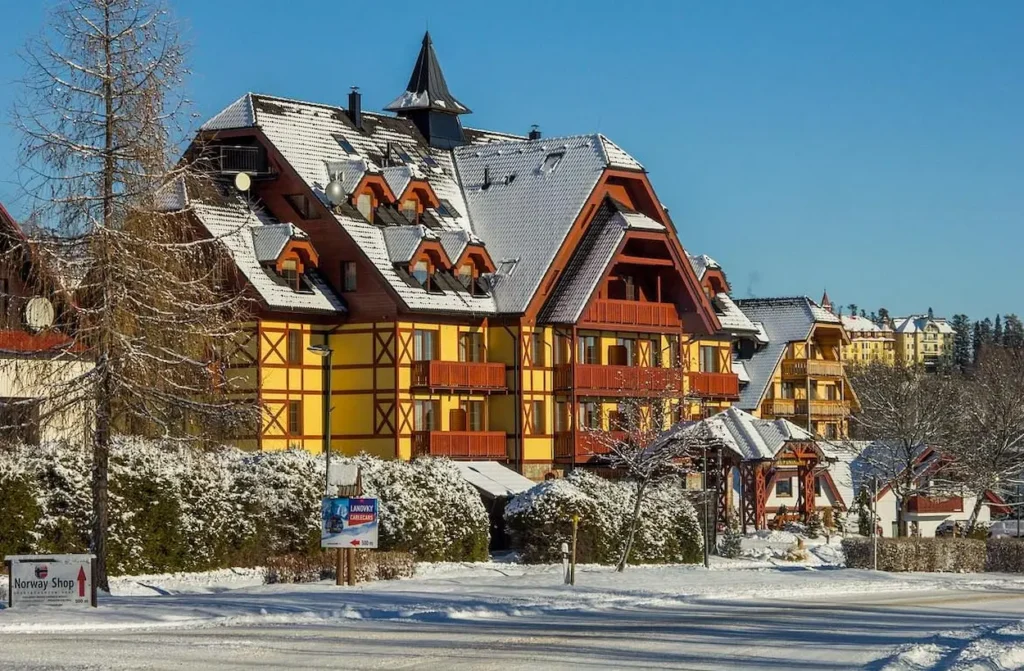
The High Tatras are absolutely incredible for hiking and way less crowded than the Alps. Spiš Castle is one of the largest castle complexes in Europe and costs maybe €6 to explore – it’s this massive ruined fortress that feels like something out of Game of Thrones. Košice in eastern Slovakia has beautiful Gothic architecture and amazing traditional restaurants where you can eat like a king for €10-15. The train from Bratislava to Košice costs about €20 and takes you through some gorgeous countryside. I spent a week road-tripping through Slovakia last summer and the whole thing – car rental, gas, accommodation, food – cost less than three days would’ve in Switzerland.

7. Portugal
Portugal offers probably the best weather-to-value ratio in Europe, especially if you time it right. Lisbon and Porto have gotten more expensive lately, but they’re still way cheaper than Barcelona or Rome. You can find decent accommodations in Lisbon for €40-60 per night, and the food scene is incredible. Fresh seafood, amazing wine, and those pastéis de nata (custard tarts) for like €1 each.

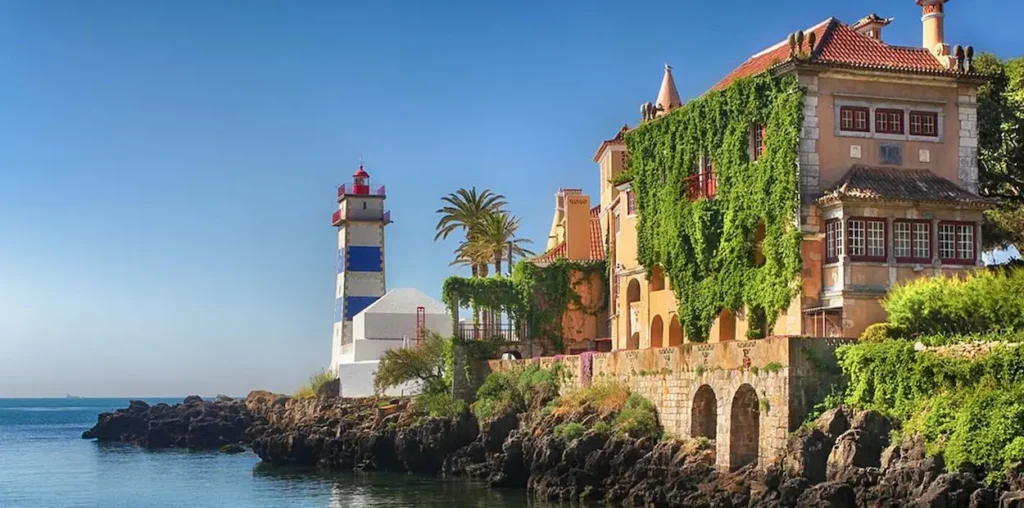
The Algarve beaches are stunning, and while the coastal resorts can be pricey in summer, shoulder season (May or September) offers perfect weather and hotel prices drop by 40-50%. Sintra near Lisbon has these fairy-tale palaces – Pena Palace costs about €14 to enter and it’s like stepping into a fantasy movie. Train travel along the coast is cheap and scenic. Porto is fantastic for port wine tours that cost €15-25 and include way more tastings than you’d expect. The Azores islands are this incredible volcanic paradise, and flights from Lisbon can be as cheap as €50 if you book ahead. I spent 10 days island-hopping there and the natural hot springs, crater lakes, and hiking were all basically free.
- Read next: Cheapest Places to Fly Into Europe
- You may also like: Amazing Islands in Portugal
- For more reading: Top Airbnbs in Portugal

8. Greece
Greece rounds out this list because while the islands can get expensive in peak summer, the value is still there if you’re smart about timing and location. Athens is criminally underrated – you can stay near the Acropolis for €35-50 per night, and the archaeological sites offer incredible value. The Acropolis itself costs €20, but you’re looking at 2,500 years of history.

Skip Santorini and Mykonos in July/August – they’re tourist traps with inflated prices. Instead, try islands like Naxos or Paros where you’ll get beautiful beaches, traditional Greek culture, and hotel prices that are 50-60% lower. Ferry hopping between islands costs €15-30 per trip, and the experience of waking up to those blue-and-white villages never gets old. Crete is massive and has everything from Minoan palaces (about €15 entry) to incredible hiking in Samaria Gorge (€5 entrance fee). Greek food is amazing and cheap – you’ll get massive portions of grilled fish, Greek salad, and local wine for €12-18 at tavernas that locals actually use.

The key with Greece is avoiding the peak summer crowds and sticking to places where Greeks actually vacation, not just the Instagram hotspots. Visit in May or September and you’ll get perfect weather, lower prices, and a much more authentic experience.
- Read next: Cyprus Travel Guide: What You Need to Know
- You may also like: Most Beautiful Islands in the World







